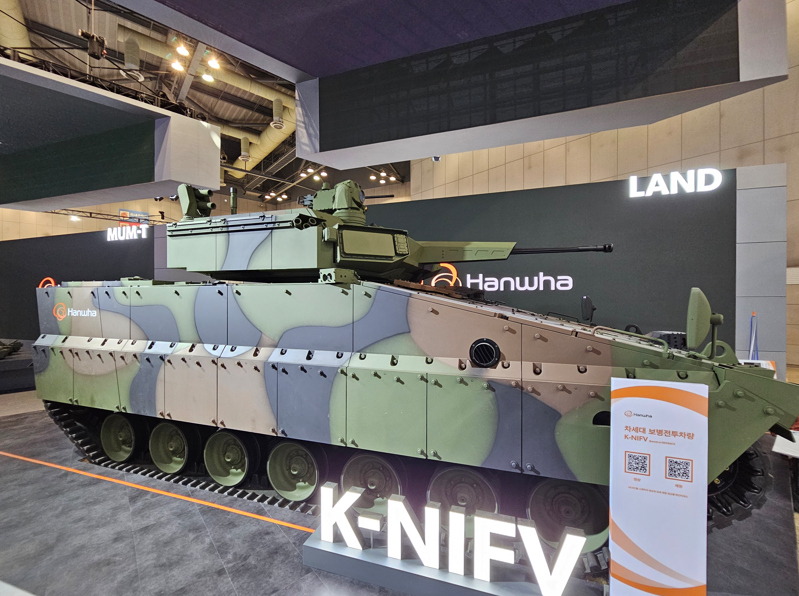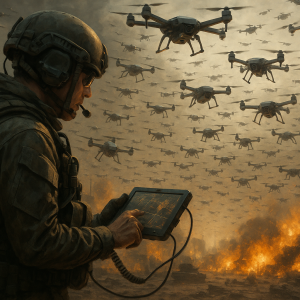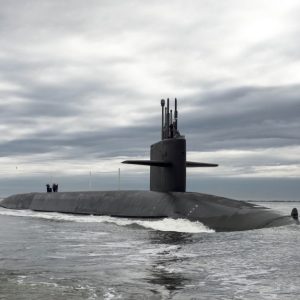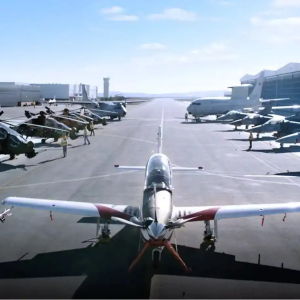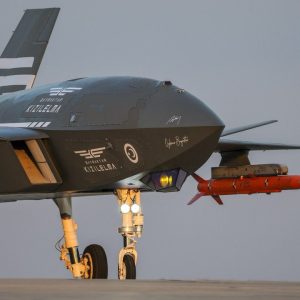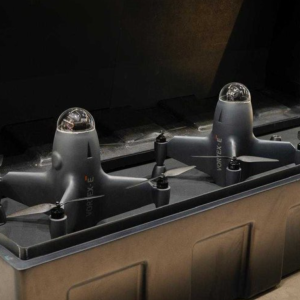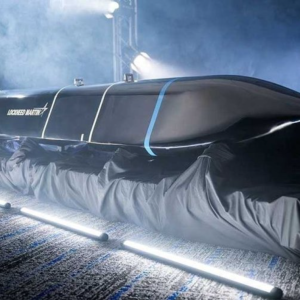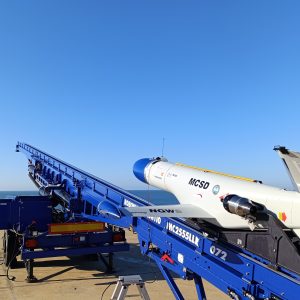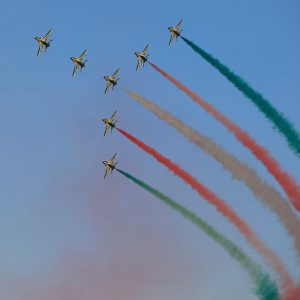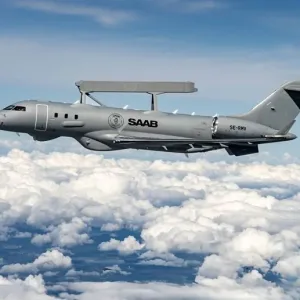Hanwha Aerospace has revealed the Korea‑New Infantry Fighting Vehicle (K‑NIFV) at Seoul ADEX 2025, positioning the K‑NIFV Infantry Fighting Vehicle as the Republic of Korea Army’s next‑generation successor path beyond Redback. The K‑NIFV IFV integrates an unmanned turret, domestic active protection, and AI‑era counter‑UAS add‑ons. This next‑generation infantry fighting vehicle represents a fusion of Redback’s proven mobility with indigenous protection and lethality systems, offering a decisive edge in drone‑dense battlefields.
Key Facts
- Event/date: Seoul ADEX 2025, 20–22 October 2025
- Platform: K‑NIFV Infantry Fighting Vehicle derived from Redback baseline
- Turret: Hanwha unmanned turret (30 mm cannon / optional 40 mm CTA)
- Protection: Domestic complex mine kit; K‑APS active protection (with KRIT)
- ATGM: TApiers‑L (Hanwha) replacing Spike LR2
- Options: Counter‑UAS suite, organic drone reconnaissance, MUM‑T
- Export anchor: Builds on Redback’s LAND 400 Ph.3 success (Australia; 129 IFVs)
Context and the new development
Hanwha’s Redback has already proven its export appeal. The K‑NIFV Infantry Fighting Vehicle pushes that success further by creating a more sovereign platform for the ROK Army. It replaces foreign subsystems with Korean equivalents. At ADEX 2025, Hanwha detailed a new configuration centred on its unmanned turret armed with a 30 mm gun (upgradable to 40 mm CTA), paired with the K‑APS active protection system developed with the Korea Research Institute for Defense Technology Planning and Advancement (KRIT). The hull also includes a domestically designed complex mine‑protection kit.
Technical and operational effects
Replacing the manned MT‑3030 turret with Hanwha’s unmanned module increases internal space for troops, reduces hull intrusion, and eases future upgrades. The K‑APS aligns the IFV with ROKA’s layered‑defence concept, protecting against top‑attack munitions and low‑profile drones. The replacement of the Spike LR2 with Hanwha’s TApiers‑L missile enables a fully indigenous weapons suite — combining Korean main gun, ATGM, and APS while preserving Redback’s digital backbone.
The combination of the complex mine kit and APS enhances survivability against diverse threats, while counter‑UAS systems and Manned‑Unmanned Teaming (MUM‑T) functions support faster target acquisition and engagement.
Programme and acquisition picture
Development of the K‑NIFV Infantry Fighting Vehicle is led by Hanwha Aerospace with KRIT and national partners. The programme remains in prototype and testing phases. With Redback already selected for Australia’s LAND 400 Ph.3, the K‑NIFV benefits from established industrial credibility and potential export synergies.
Assessment: risks and alternatives
- Integration complexity: Introducing new turret, APS, protection kit, and ATGM simultaneously adds integration risk. A staged rollout may help mitigate testing challenges.
- Missile readiness: Transitioning to the new TApiers‑L will require extensive validation and export‑control clearance.
- Drone threat adaptation: Counter‑UAS capabilities must handle both FPV drone swarms and larger UAVs for layered defence.
Comparable vehicles like the Rheinmetall KF41 Lynx and BAE CV90 Mk IV highlight market competition. K‑NIFV’s advantage lies in full Korean subsystem integration and modular C‑UAS scalability.
Implications / Next
Hanwha is expected to unveil a live‑fire K‑NIFV demonstrator with its unmanned turret and K‑APS testing results by late 2026. Key milestones include ATGM qualification, C‑UAS system selection, and the definition of baseline gun calibre (30 mm vs 40 mm CTA). The K‑NIFV Infantry Fighting Vehicle could become the ROK Army’s mainstay IFV and a competitive export platform in Asia and beyond.
Further Reading
- Australia selects Hanwha Redback for LAND 400 Ph.3 — Minister for Defence Industry (27 July 2023) Read release
- Hanwha showcases new K‑NIFV — GBP Aerospace & Defence Full story
- South Korea debuts K‑NIFV — Army Recognition Detailed analysis
- Defence Agenda — European ‘drone wall’ initiative (C‑UAS policy context) Explore context

